Transitioning from Military to Skilled Trades Certification: A Strategic Hiring Advantage
When Marine veteran James Rivera welded his first pipeline joint after transitioning from service, his supervisor called it “the cleanest seam I’ve seen in 20 years.” His story isn’t unique. With 1.4 million skilled trades jobs needing workers by 2029 1 and over 2.8 million veterans seeking post-service careers 2, industries like construction, electrical work, and plumbing are discovering that veterans are both filling gaps and elevating standards.

Why Veterans Excel in Skilled Trades Roles
Military service uniquely prepares veterans for trades careers through technical expertise and leadership skills that directly translate to civilian jobs.
Technical Expertise Meets Civilian Demand
Many veterans enter service roles mirroring skilled trades, such as repairing aircraft electronics or maintaining hydraulic systems. Take James Rivera: his experience as a Marine machinist mate allowed him to fast-track welder certification through the UA Veterans in Piping (VIP) program. Within two years, he was leading pipeline crews in Texas 3.

Programs like the United Services Military Apprenticeship Program (USMAP) let service members earn civilian certifications while enlisted. An aviation electronics technician, for instance, might only need minimal coursework to qualify as a commercial electrician 4.
Adaptability Under Pressure
Veterans thrive in trades because they’re trained to solve problems in high-stakes environments.
“Veterans not only follow instructions, but also anticipate issues before they escalate,”
notes a HVAC employer who hired three former Navy nuclear technicians 5. Military experience operating equipment in challenging conditions builds a knack for precision that reduces errors in fields like welding or electrical work 6.

Leadership in Action
From coordinating missions to mentoring teams, veterans often arrive with supervisory experience. Mid-level noncommissioned officers (NCOs) score 18% higher in leadership skills than civilian peers, making them natural fits for foreman or crew chief roles.

Navigating the Transition to Civilian Certification
Transitioning from military to skilled trades certification works best with early planning and targeted support.
Transition Assistance Program (TAP) Foundations
Starting 12 months before separation, veterans use TAP workshops to translate military occupational specialties (MOS codes) into civilian roles. An Army 91B Allied Trade Specialist, for example, aligns with automotive technician positions 7.
Accelerated Training Pathways
Veterans bypass lengthy education thanks to programs like:
-
IBEW Veterans Electrical Entry Program (VEEP): 15 weeks of intensive training leading to union apprenticeships 8
-
GI Bill benefits: Cover tuition and living costs during apprenticeships 9

These pathways capitalize on existing skills. A Marine electrician might complete VIP’s free welding training in half the time of a novice 10.
Breaking Down Barriers
Despite their strengths, veterans often face hurdles like navigating certification requirements or adapting to less structured workplaces. Nonprofits like Hire Heroes USA offer one-on-one coaching, while employers like Ferguson Plumbing use “military skills translators” to align resumes with job needs.
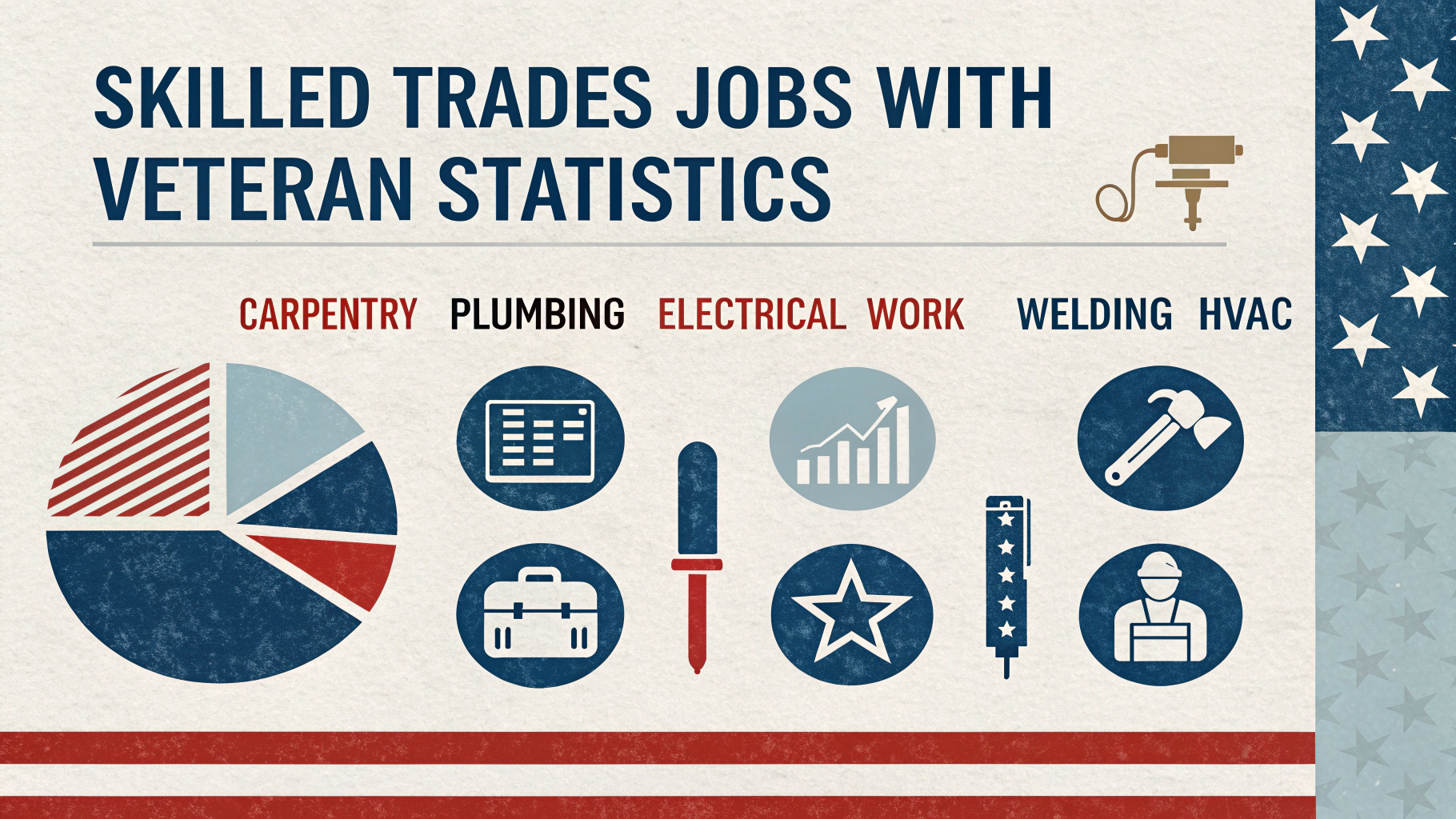
Why Employers Invest in Veteran Talent
Proven Performance and Reliability
Studies show veterans outperform civilians in equipment repair, troubleshooting, and safety compliance, which are key drivers of productivity. They’re also 23% more likely to enforce OSHA protocols, reducing worksite incidents 11.
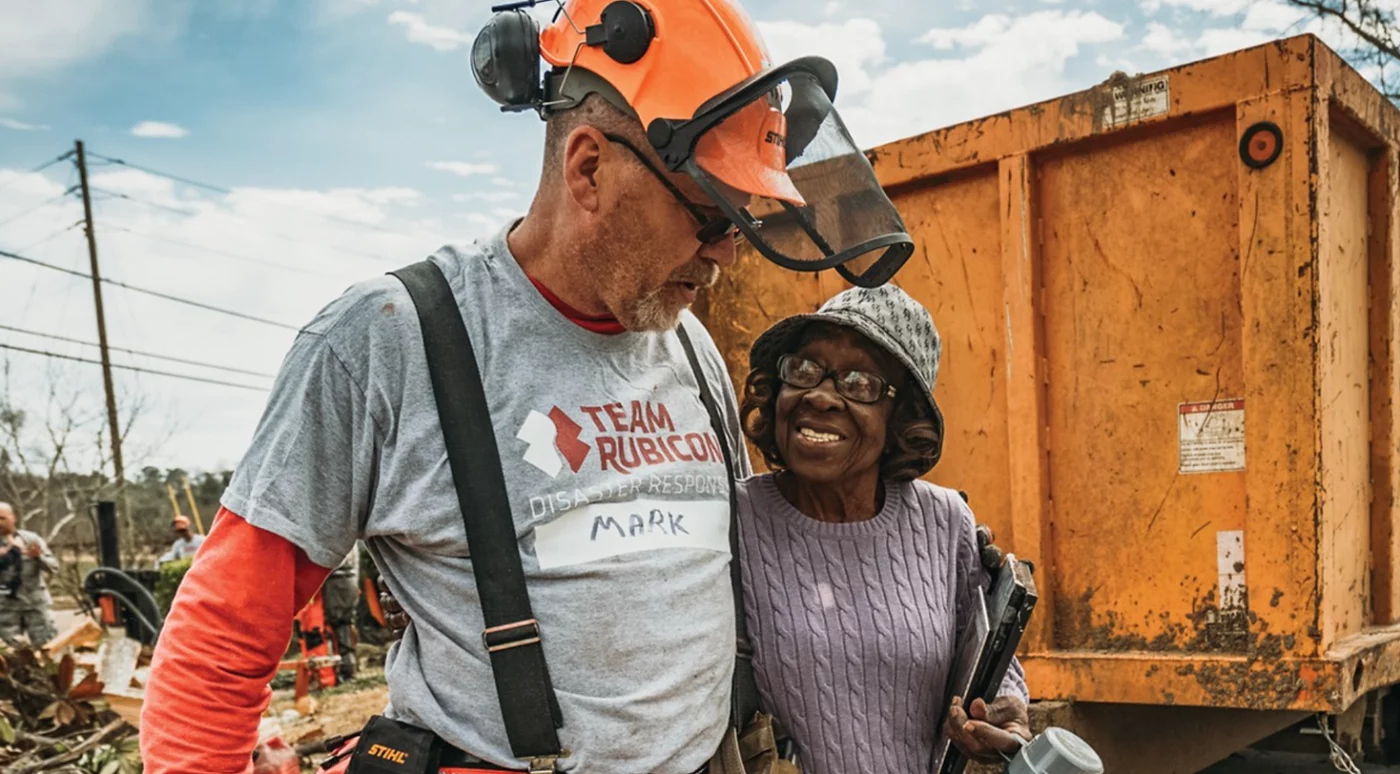
Retention and Team Impact
Veterans’ mission-driven mindset leads to lower turnover. A 2024 survey found 81% of trades employers viewed veteran hires as “reliable long-term investments” 12. Their teamwork ethic also strengthens morale. As one construction manager observed,
“Veterans instill a ‘we succeed together’ mentality that elevates entire crews.”
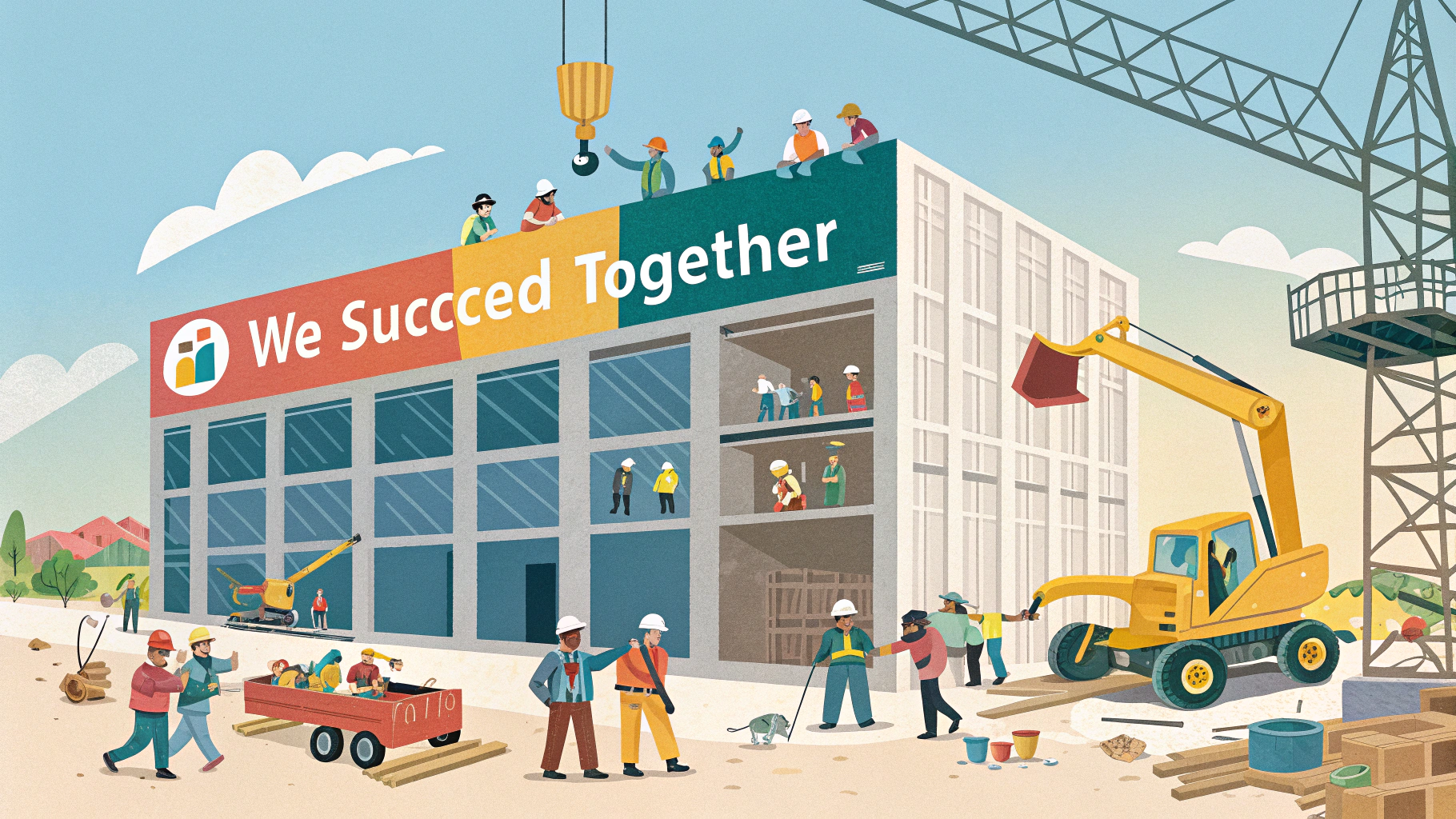
Building a Veteran-Ready Workforce
Government and Employer Partnerships
- VA’s Veteran Readiness and Employment (VR&E): Subsidizes up to 50% of a veteran’s salary during training 13
- Registered Apprenticeships: Programs like Adaptive Construction Solutions achieve 92% post-training employment by combining paid work with education 14
Hiring Strategies That Work
-
Mentorship: Pair veterans with senior tradespeople to ease cultural transitions
-
Skill-first hiring: Prioritize competencies like mechanical aptitude over strictly matching certifications
-
Targeted outreach: Attend military career fairs and partner with Veterans Service Organizations (VSOs)
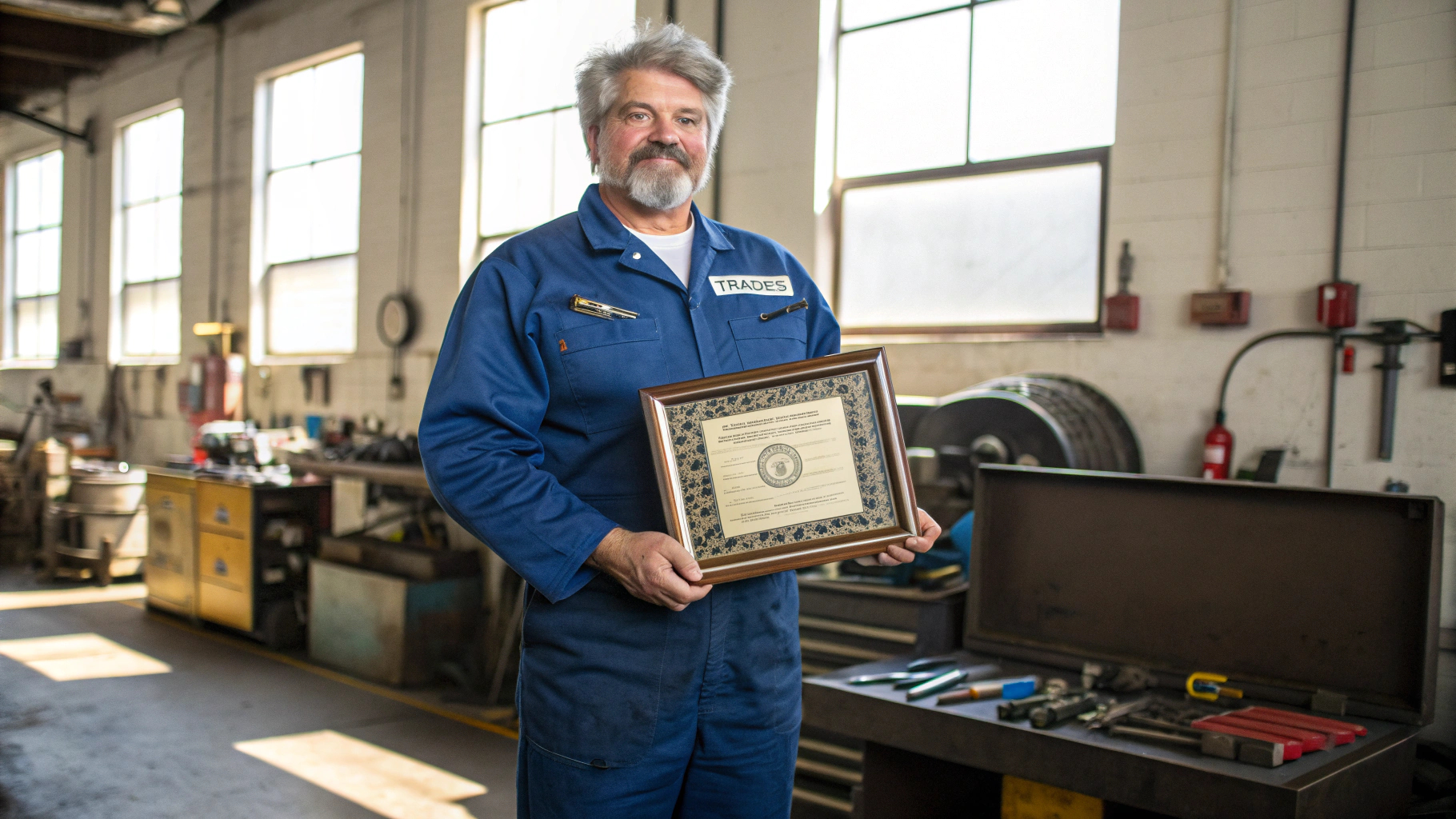
Conclusion: A Partnership Built on Preparedness
Hiring veterans in skilled trades is a strategy. With 94% of employers valuing their diverse skill sets 11, veterans offer unmatched technical proficiency and leadership. As infrastructure projects expand nationwide, trades employers who leverage this talent pool won’t just fill jobs but dominate their fields.
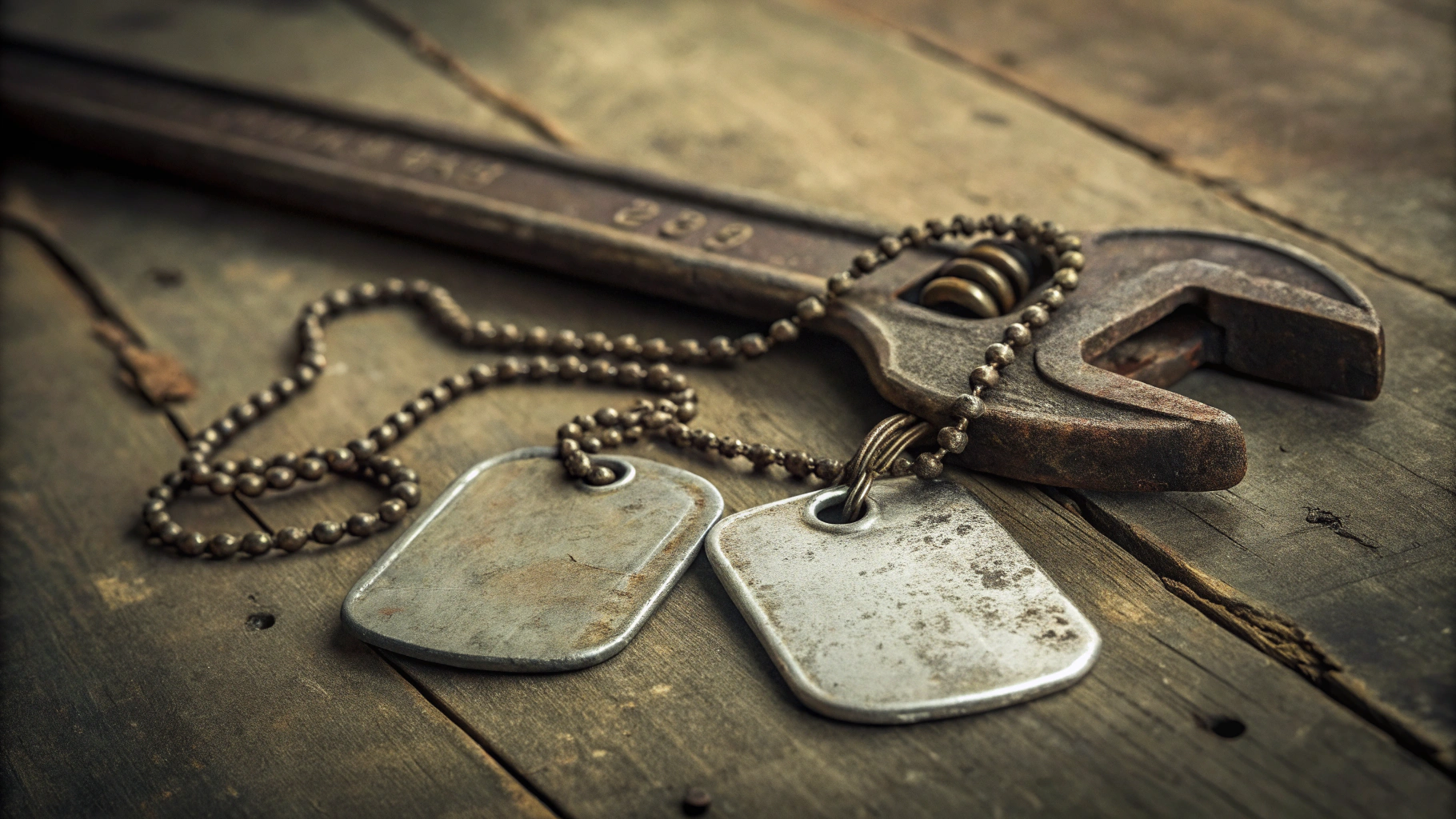
The question isn’t whether to hire veterans, but how quickly your team can integrate their expertise. Like James Rivera’s flawless weld, veterans are ready to strengthen the backbone of America’s skilled workforce.

